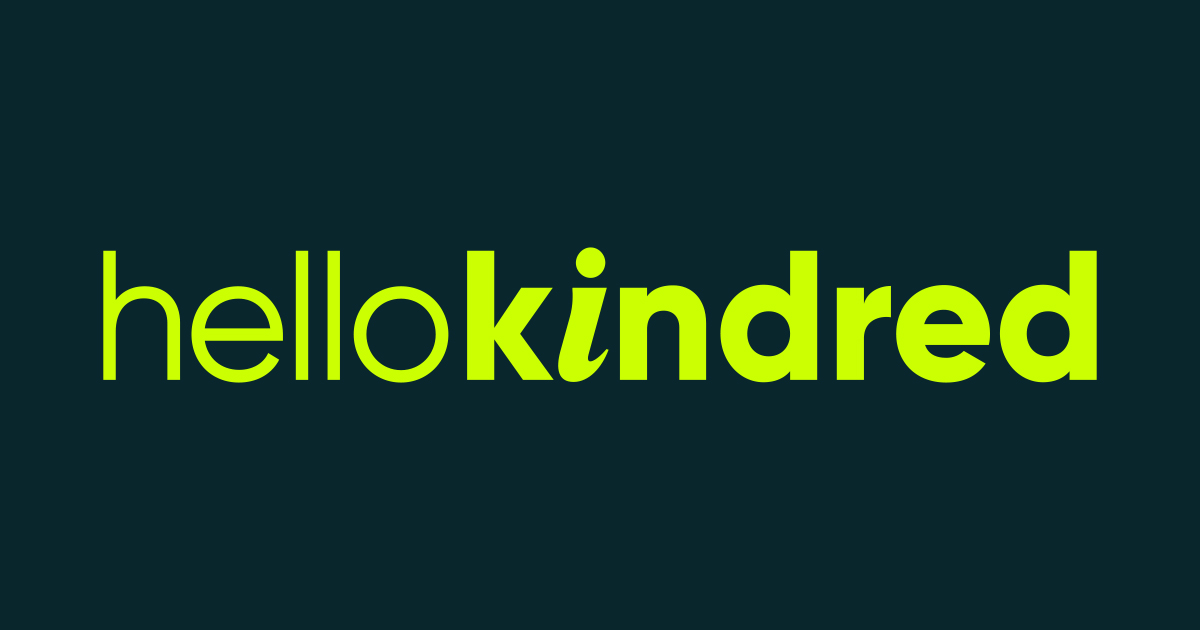The hybrid future: why modern in-housing isn’t all or nothing
30 Sep 2025

By Teodora Ninova, Commercial Partner UK
Why in-housing is at an inflection point
In-housing creative talent is no longer a cost-cutting measure, but a powerful strategic choice. Today’s creative climate requires deep business knowledge and creative agility, as well as the ability to respond fast to the explosion of content needs. That’s why brands are investing in in-house resources to not only ‘own’ their creative production but adapt to the creative needs of the future with operating models that balance speed, scale, and innovation.
The forces driving this shift
In-house marketers are under pressure to deliver innovative campaigns, at scale, with constrained budgets and resources.
Three key forces are driving this shift:
Post-pandemic digital acceleration – The global pandemic drove a shift from physical to digital platforms, which changed how consumers engage with brands. Consumers now expect immediacy, relevance, and experiences that cut across platforms.
An explosion of content needs – Digital acceleration has created a demand for more personalization, always-on campaigns, and multi-format storytelling and more volume than ever before. Each content asset has to be relevant to the consumer and on-brand with the business’s core message. This requires skill and strategic intention.
The rise of AI – From automation to ideation, AI is reshaping creative and operational workflows. With the right team and processes, this can catalyze the exponential production capacity required by marketing teams.
Modern in-housing isn’t about replacing agencies. Both models have something to offer. In-house teams of the past may have boasted business knowledge but were set in their ways and defined roles. While agencies have brought innovation, creativity, and a broad set of skills, they often lacked the deep strategic insight and direct access to senior stakeholders and decision-makers. In-housing enables teams to bridge that gap, driving greater ROI on relevant campaigns and accelerating the impact on business growth. Today’s marketing landscape requires a blend of both. The future lies in building flexible, hybrid growth engines that merge in-house talent with agency expertise – unlocking agility without sacrificing creativity.
Why organizations set up in-house agencies
Historically, large corporations have engaged with agencies to deliver cutting-edge, creative campaigns and specialist insight that may not exist in-house. However, the requirements of marketing have shifted, and in-housing is providing renewed benefits. These include:
- Control & Consistency: An in-house team can establish greater alignment with brand tone, visual identity, and strategic priorities.
- Speed & Agility: Keeping creative skills internal can deliver faster turnaround times compared to briefing and coordinating with external agencies. In a marketing climate which prioritizes rapid responses to market needs, this innate agility becomes a key differentiator.
- Cost Efficiency: The cost of high-quality, high-volume content and design can add up. Highly skilled in-house agencies can reduce the reliance on expensive third-party agencies, especially for always-on or high-volume content.
- Integration: Internal agencies can collaborate closely and form meaningful relationships with internal teams, such as brand, marketing, product and legal. This informs deeper, more relevant content that reaches the intended market and delivers meaningful results.
- Data & IP Ownership: In-house creation allows businesses to retain intellectual property and have direct access to performance data.
In-housing does not negate the need for agencies
In-house agencies can cover a broad scope of work, much like any specialized external agency. Their input can be strategic, from creative concepts, brief development and creative strategy to practical including the design and production of multimedia campaigns and brand assets. All marketing assets are covered, from internal and external, to print, digital and social. In some cases, in-house agencies can extend their expertise to project and traffic management, and even market-buying and MarTech. However, these capabilities do not negate the need for agencies. The current approach to in-housing is unique to each organization and often welcomes external expertise from agencies and contractors.
A successful in-house model usually includes a core team with permanent roles covering leadership, creative direction, account and project management, as well as key specialists. This is then supported by pods or squads, which are cross-functional teams aligned to business units, markets, or channels. Peak demand can be met through surge and flex capacity, which is often managed via a partner through freelancers or nearshore and offshore teams.
There’s no one-size-fits-all, but in-house agencies typically follow one of these structures (or a hybrid):
- Fully In-House
In this approach, all talent is employed directly by the company and works as an internal department. This could be called a brand studio or creative hub. Mature companies with high creative demands and budget scale are the perfect fit for this always-on model. - Hybrid / Embedded Partner Model
Here, a core team is in-house, either as full-time employees or embedded contractors, while additional expertise (e.g. strategy, production, motion, innovation) is supplemented by external partners. Companies often use a nearshore or offshore hub to deliver scale affordably. Marketers get the best of both worlds, getting flexibility while maintaining strong internal alignment. - Agency within an Agency
Some companies partner with a specialist provider who sets up a dedicated team embedded inside the client’s business. The team often works under the company’s brand, culture, and processes but is operated by the external partner (e.g. Hogarth, Oliver, WPP). This is a good solution for companies wanting in-house benefits without building the infrastructure themselves.
Governance & ways of working
While an in-house agency model is convenient, it can be complex, so strong governance is critical. Strong, uniform creative briefing and intake processes will ensure teams know what to prioritize. Clear Service Level Agreements (SLAs) and Key Performance Indicators (KPIs) can manage expectations on time-to-market, volume of output, quality and brand compliance. Co-location or embedded roles in marketing/product teams can ensure that contractors are empowered with internal intelligence. Remote workflow and collaboration tools underpin successful project and asset management across locations.
Measurement & success criteria
The success of in-house agency work can be determined and tracked by ongoing metrics. This gives CMOs and their teams real-time data on how to pivot and evolve their marketing operations and campaigns.
Metrics vary depending on maturity but often include:
- Cost savings vs. external agencies
- Speed of delivery (brief to go-live)
- Brand consistency/compliance
- Internal satisfaction (stakeholder feedback)
- Quality of creative output
In conclusion, an in-house agency can be the ideal solution for organizations that need speed, agility, scale and expertise. Now, more than ever it is possible to build in-house teams with a mix of relevant resources and approaches, that are often amplified by hybrid approaches that include external agencies and creatives. If leaders support this with clear governance and enabling, collaborative processes, the creative impact of their teams will be exponential.




